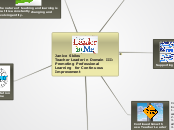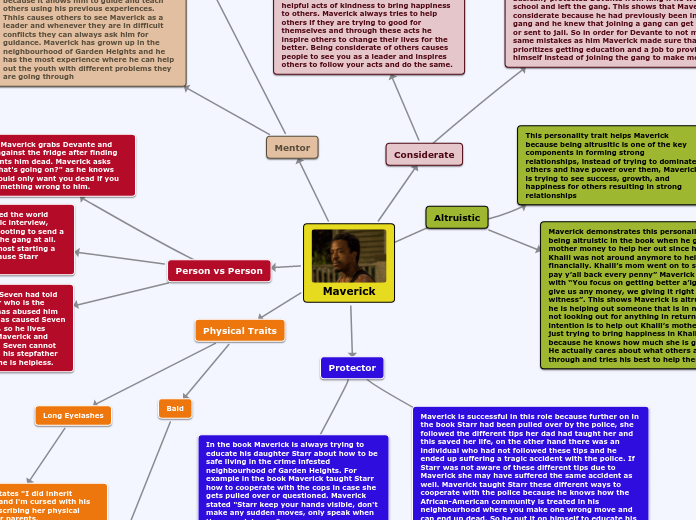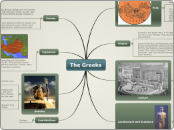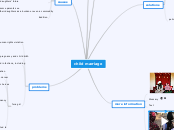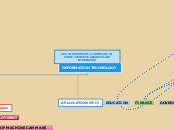arabera Janice Skiles 10 years ago
559
Teacher Leader in Domain III: Promoting Professional Learning for Continuous Improvement
The development of educators is significantly influenced by professional collaboration and continuous learning. Teacher leaders play a crucial role in supporting and improving teaching practices by engaging with peers and sharing knowledge.
